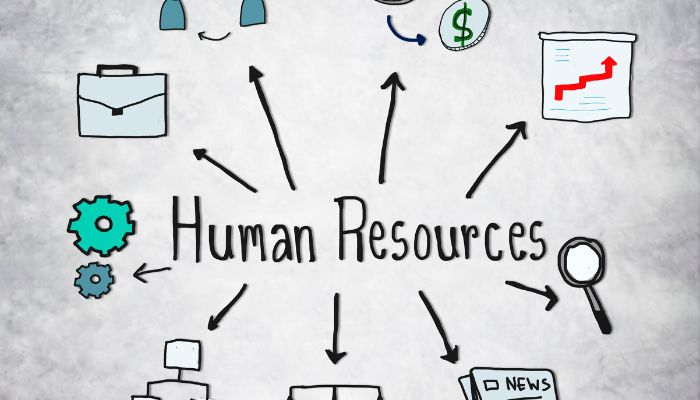Workforce planning is a clear metric that adds directly to operational ease. In the long-term goal of strategizing too, workforce planning assumes great importance. Strategic workforce planning is a function of the set of complex decisions that businesses arrive at. They do this after considering the polarizing markers indicated by numerical pointers, critical thinking, and analytical decision-making processes. Such planning is more important than ever in the context of the COVID-19 pandemic.
As far as COVID-19-led metamorphosis goes, the changes in work style are the greatest and the most obvious. The need for workforce planning was an immediate fall-out for businesses while most “essential-worker” sectors have had to reorganize themselves and work harder without the luxury of being able to plan. If this causes a scramble in the HR department, the temporary inconvenience is compensated by the wider talent pool that they get to access.
Thankfully, for several companies like Accenture India and the homegrown Tata Consultancy Services (TCS), the vision and blueprint for an agile workforce planning model have already been in place for several years now. Accenture has documented the agile methodology through the “Be Agile” model as early as 2017, basing its tenets on workforce planning models followed by financial institutions. Before that, an Agile methodology was the sole property of software development. But now, it finds application in the organizational strategies of various scales and sizes. TCS calls its Agile Operating Model “Location Independent Agile”.
You might also be interested to read: Future Of Organizations – The Need To Build For Speed
In an indirect fashion, as virtual interviews and remote working become the norm, they also solve the issue of rampant urbanization. Some organizations like TCS, with a long-term vision on the future of work, have promoted the agile model as an authentic collaborative model in 2001 itself. This shows that India Inc. has had a vision for the workforce planning model that cuts across teams and time-zones as early as the turn of the century.
The lesson from these workforce planning processes of exemplary corporates is that India Inc. is focused on getting together the competencies of personnel and processes by circumventing the limitations of time and space.
Workforce management concerns itself with the compensation offered to them in various forms to keep engaged with the organization and demographic factors like age, succession, and skill gaps. But more than those factors, COVID-19-ridden regions and business areas now look for cost reduction and flexibility. Fewer workers logged in at a given time can mean staffing problems for those who sign into each shift as business volumes remain unpredictable. They need a slimmer team size, with team members who are adaptable and have transferable skills as the meaning of the future of work undergoes characteristic changes. To meet this deeply-specific need, a dynamic, driven workforce who have kept themselves on the learning edge during one of the lockdowns in Indian history is a fitting answer.
Words such as ‘’a future-ready workforce’’ and ‘’a future-proof workforce’’ have caught on now. It means that they have a fluid, rather, an ongoing model for workforce planning. They have team members who can put in extra hours or shifts in varying time-zones. Employees can hand off tasks to one another despite curtailed face-to-face meetings and direct interaction when they lead into the agile model.
Remote working teams are the future of organizations. They enjoy greater flexibility and are more engaged during their work hours. They have sharpened their performance and figured out their peak-productivity times. This discernment is invaluable to the employer who is keen on saving staffing costs. Organizations can use modern methods of staffing assessment by comparing past data from several years and compare it to the slowdown that employers have faced in the past 3-4 months of the COVID-19 working conditions. Budgeting and capital planning should be reassessed for the lean teams where fewer employees keep the shifts running and justify the resources spent.
In addition to workforce planning inputs, information from such a comparison of staffing efficiency can be used to give projects for strategic planning initiatives. These insights can become the guiding force for return to a competitive advantage in the months following the business downturn due to COVID-19.
References:
- Workforce Planning for Competitive Advantage Post-COVID-19 | Gartner | Jackie Wiles, | 1st June, 2020
- Agile all the way – Scaling Agile in 2020 | ET Bureau BFSI | Rajsekhar Maiya | 13th March 2020
- Analytics in HR, A Guide to Strategic Workforce Planning | Erik van Vulpen | June 2019
- The Path to an Agile Operating Model | TCS | Nidhi Srivastava
- Taking the Agile Transformation Journey, Be Agile | Accenture | Michael Werder and Markus Heise | 2017
- 7 Reasons for Performing a Staffing Assessment | CGL Companies | 18th September 2017
You might also be interested to read:
Related Topics:






